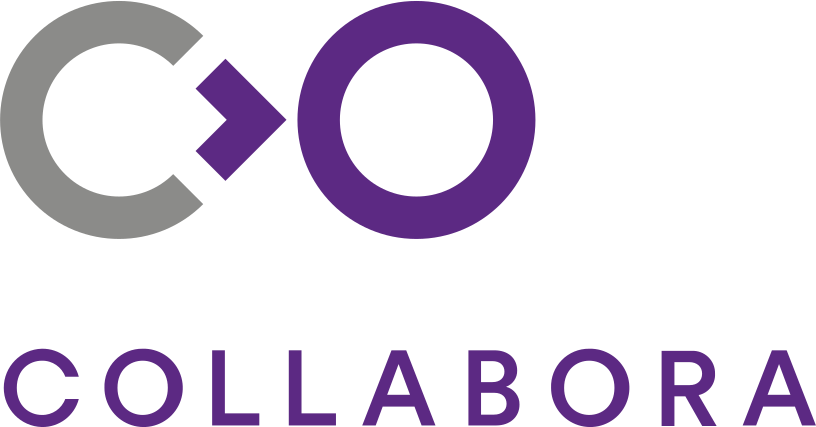Speaker
Albert Sjölund
(Axis Communications)
Description
This talk will discuss the methods used to reduce latency in a bidirectional WebRTC pipeline, i.e., video but primarily audio in both directions. The primary topics are
- Splitting the pipeline using intersrc/intersink, discussing the global pipeline latency and how to do avoid unnecessary clock syncing. This discusses pipeline latency and what is needed to allow media streaming in two directions.
- Investigating different audio sinks, mainly pipewire and alsa and its effect on overall latency, both pipeline latency as well as perceived/measured latency.
- Possible further improvements. Jitterbuffer, external properties (pipewire properties like quantum), mentioning webrtcbin2 from GStreamer that should potentially solve the first issue on its own.
The end result reduced latency from 650-700ms to roughly 230ms, with as low as 180ms depending on the setup, making real-time communication possible, with a goal of 150ms.
Speaker Bio
I work at Axis Communications as a Software Engineer, developing WebRTC for a stable streaming environment for a connected security network. I have been working at Axis since 2022 and been working closely with GStreamer, contributing upstream and using it in my daily work.
| Duration of the talk |
|---|
Primary author
Albert Sjölund
(Axis Communications)














